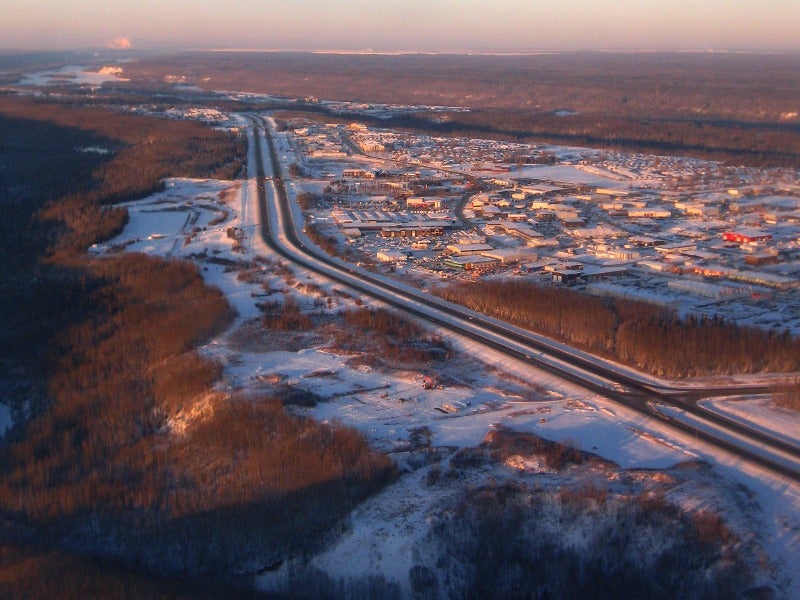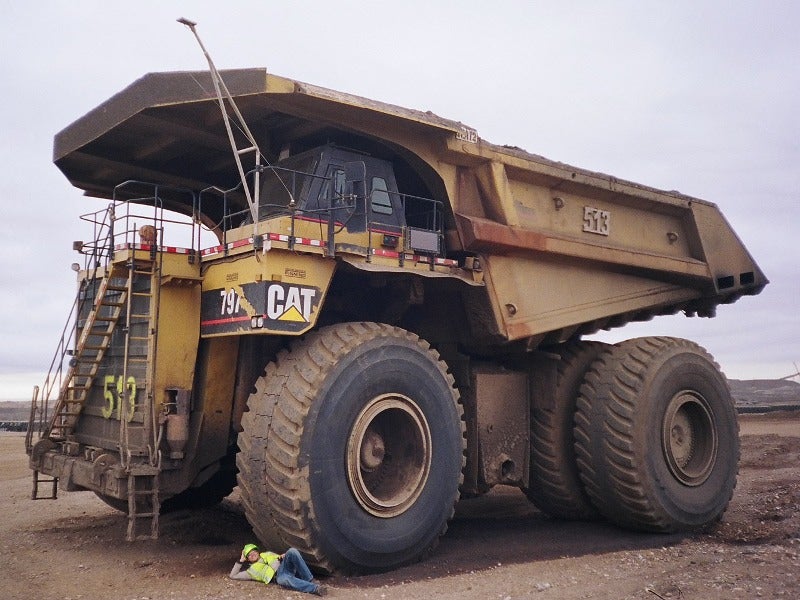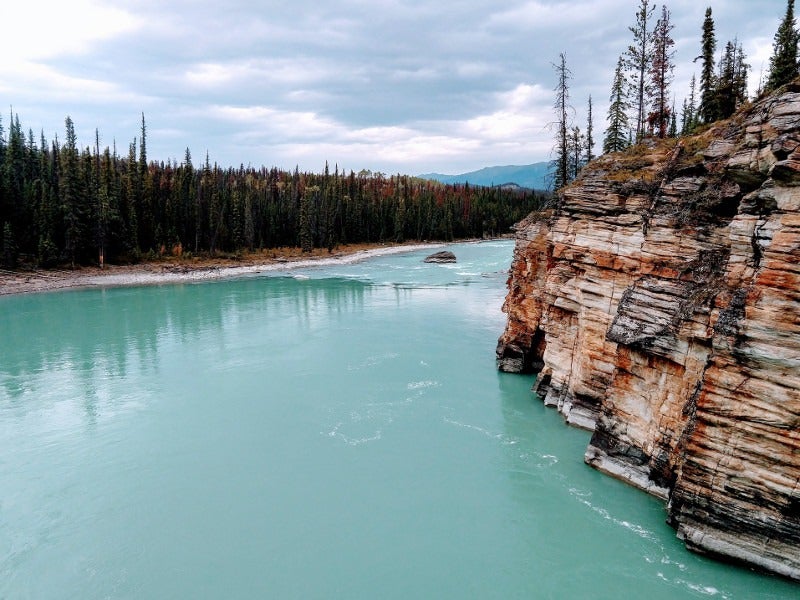Frontier oil sands project was a proposed oil sands mine that would have spread over 72,000 acres near Fort McMurray, Alberta, Canada.
The £12.1bn ($15.7bn) project could not succeed due to stiff opposition by environmentalists and indigenous groups, also because of the perceived financial risks in developing a large-scale project to extract dirty and costly oil sands at a time when major financial institutions are shying away from funding fossil fuels.
Proponent Teck Resources withdrew the project from Canada’s regulatory review process in February 2020.
Construction was anticipated to be commenced in 2020, with first oil production scheduled for 2026.
The project was expected to produce 260,000 barrels per day (bpd) of partially deasphalted bitumen and would have created 7,000 construction jobs as well as 2,500 jobs throughout its operations over an estimated 41-year mine life.
Frontier oil sands project location, geology, and mineralization
The Frontier oil sands project was proposed to be located in Athabasca Oil Sands region of Alberta. The project site lies between Fort of McMurray and Fort of Chipewyan in north-east Alberta.
The project was categorized into two parts namely main development area (MDA) and south development area (SDA), which are located 100-110km north of Fort McMurray.
The project area hosts a sequence of Precambrian, Devonian, Cretaceous and Quaternary rocks. Bitumen resources within the MDA are found within Middle McMurray Member of the McMurray Formation and the Wabiskaw-D at the bottom of the Clearwater Formation.
The bitumen-bearing Middle McMurray Member and the water-saturated Lower McMurray are found under the quaternary sediments, at the SDA.
Frontier oil sands project reserves
The Frontier oil sands project was estimated to contain 2.82 billion recoverable barrels of bitumen at a TV:BIP ratio of 16:1.
Mining and ore processing at Frontier oil sands project
Conventional open-pit method, involving truck-and-shovel, would have been applied at the Frontier project, which was proposed to be developed in two phases.
The first phase would have comprised two process trains, which were expected to commence operation in 2026 and 2027, respectively. The second phase would have comprised a third process train which was scheduled to be operational from 2037.
Major mining fleet would have included 17-55m³ electric cable shovels, 144 haul trucks, 55 track dozers with a capacity from 180kW to 630kW, 26 motor graders, and nine 382kW hydraulic excavators.
The three process trains would have comprised ore preparation, bitumen extraction, froth treatment and tailings processing units. Ore was planned to be excavated and transported to the crushers by large shovels and haul trucks.
At the ore processing plant, the oil sand ore were to be crushed and converted into slurry through the addition of hot water. The slurry was to be pumped to the bitumen extraction plant, which would use conventional cone-shaped primary separation cells (PSC) to separate bitumen.
The resulting bitumen was to be deaerated and forwarded to the froth treatment plant, wherein the middlings were to be processed in primary flotation cells to recover additional bitumen. The PSC underflow and the tailings produced during the process were to be sent to hydrocyclones for further processing.
The deaerated froth, containing bitumen, were be sent to an inter-stage bitumen storage tank and then to the froth separation unit (FSU) for froth treatment. It was to be mixed with a paraffinic solvent to precipitate asphaltenes in the bitumen.
The diluted bitumen (dilbit) was to be processed in a solvent recovery unit to recover solvent for feed to the FSU. The resultant partly deasphalted bitumen product was to be blended with a transportation diluent and sent to storage before being transported to the market.
Infrastructure facilities at Frontier oil sands project
A new all-season access road was to be constructed to connect the project with a section of Highway 63.
Power supply for the project would have been provided by on-site power generation facility, along with a connection to the Alberta power grid at 260kV. A substation at the plant site was to reduce the 260kV power voltage to the desired 72kV.
Water for the project was planned to be collected from the Athabasca River through an intake structure.
Workers were to be accommodated at the 3,500-person construction lodge and a 1,500-person operations lodge, while natural gas was planned to be collected from the Alberta natural gas pipeline network.





